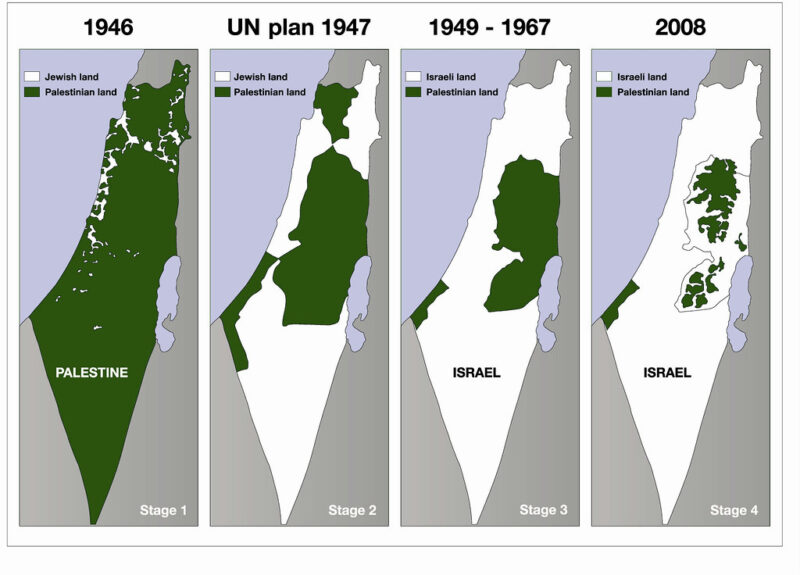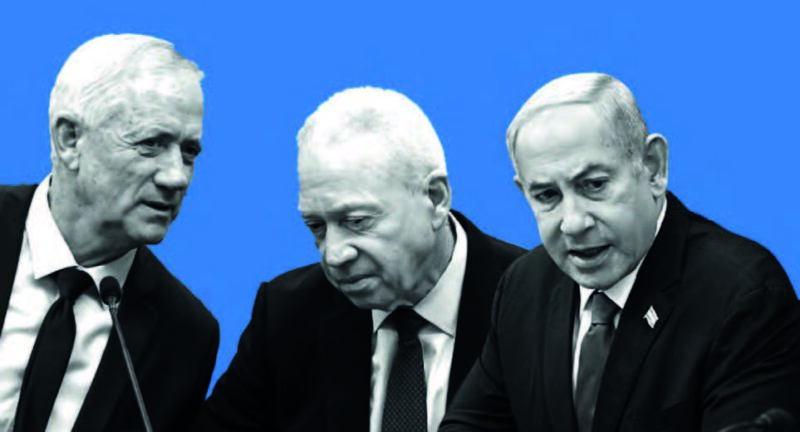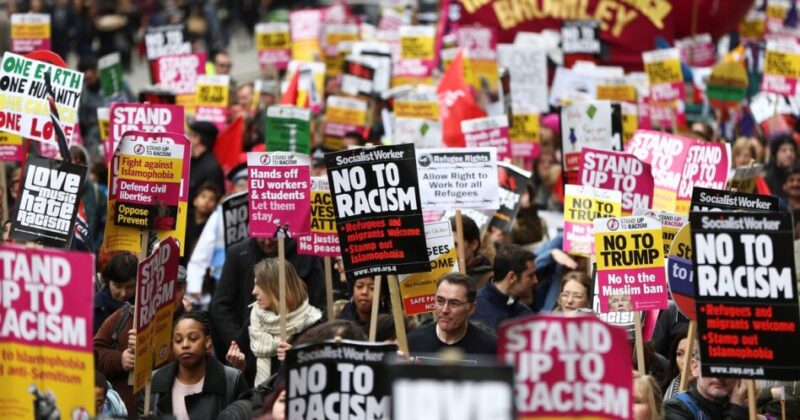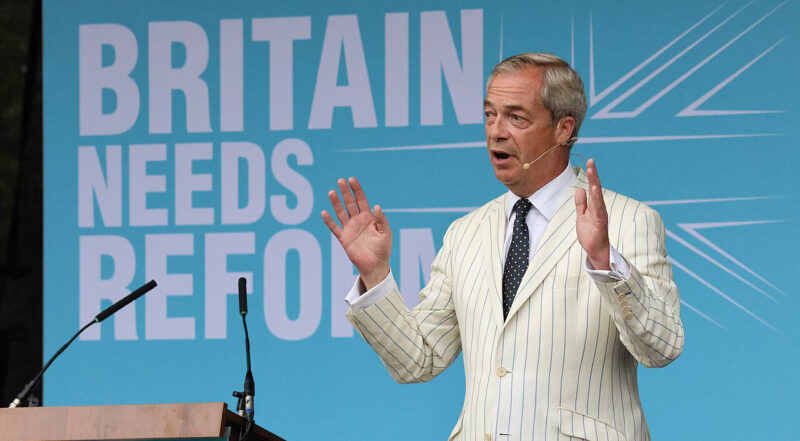The murder of Trayvon Martin
The killing of 17 year-old black teenager Trayvon Martin by an armed Neighbourhood Watch man in Sanford near Orlando, Florida has sparked national outrage. George Zimmerman was detained after he shot and killed Martin, but was then released by police without charge. Writes Simon Hardy.
 His death is the latest in a long line of racist killings of black men across the country, often by police, but in this case also simply by an armed civilian. Zimmerman claimed that Martin was acting suspiciously, that Martin confronted him and attacked him for no reason and that he acted in self-defence.
His death is the latest in a long line of racist killings of black men across the country, often by police, but in this case also simply by an armed civilian. Zimmerman claimed that Martin was acting suspiciously, that Martin confronted him and attacked him for no reason and that he acted in self-defence.
But within days this story was so full of holes that there are mounting calls for Zimmerman’s re-arrest. First, Zimmerman had no obvious signs of having been violently attacked (he claimed Martin had “slammed his head” into the pavement repeatedly and broke his nose).
Secondly he claims that Martin followed him shouting abuse before attacking him, but other eyewitnesses claim it was the other way around – that it was Martin who was trying to get away from Zimmerman. Initially some eyewitnesses had identified Martin as the aggressor, but it later emerged that the police had “corrected” their testimony to reflect what they assumed had happened.
The police took Martin’s body to the morgue labelled as “unidentified” and made no attempt to contact his family, who did not find out their son was dead until three days later.
Despite the circumstances around his killing, the backlash in the media saw a disgraceful character assassination of Martin take place. Newspaper hacks dug up the fact that he had been suspended from school for possession of marijuana. They began to build a picture of Martin, involved in drugs, with behavioural problems and wearing a hoodie – the implication was clear: he had it coming.
The media was less interested in investigating Zimmerman’s past indiscretions, including a restraining order from his ex-partner due to domestic violence. In response to this tragedy, in particular when Geraldo Rivera of Fox News said that Martin’s hooded top was as much to blame for his death as Zimmerman’s gun (the infamous fear of hoodies is an international phenomenon), many prominent black men – from politicians to sports stars – have worn hoodies in public in an act of solidarity with the murdered teenager.
President Obama had a real opportunity to highlight the realities of race in the US. Especially coming from the first black president, it could have been a defining moment in shifting the political discussion in a progressive direction. But as a Democrat he was unwilling to say anything that carried any risk – he emphasised the personal tragedy of the Martin family instead of the political issues of race and racism, his comments going no further than, “If I had a son, he would have looked like Trayvon.”
What links the killing of Trayvon Martin to so many other deaths and beatings across the country is racism. From the lynching of Emmett Till (1955) to the beating of Rodney King (1991) to the murder of unarmed black men by police and the routine establishment cover-ups, the US has a history of such acts. Every time it happens the politicians call for soul searching, but they don’t need to think hard about where this racism comes from. After all, the racist Jim Crow laws only ended in 1965; many Black people alive today in the South remember being made to sit at the back of the bus, the abuse and the burning crosses.
In the US today unemployment amongst Blacks is close to 17 per cent whilst for whites it is at 8 per cent. Black teenagers are much more likely to be suspended or excluded from schools. Black people make up 16 per cent of the general population but 40 per cent of the prison population.
The United States is a country founded on slavery and ethnic cleansing – a nation that enjoys its wealth and privilege because it sucks the third world dry; in this nation, built on systematic inequality and prejudice, the execution of people like Trayvon Martin will continue until the whole system is torn down and rebuilt from below. Capitalism and racism are the mutually reinforcing foundations of our society’s economy and politics: the one is dependent on the other; both must be abolished.






